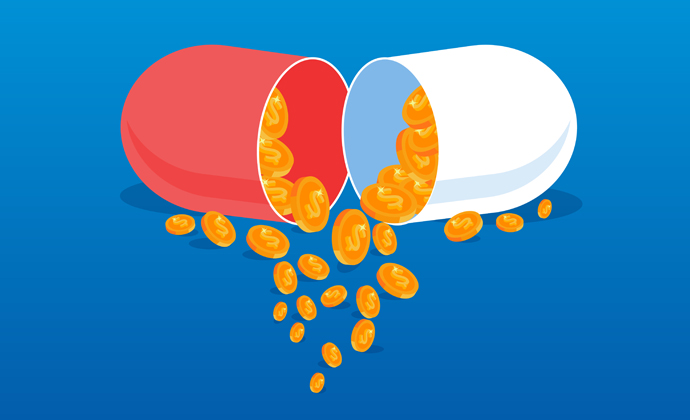Increased Access to First Generic Drugs May Save $4B Annually
First generic drugs are overpriced because manufacturers can revoke rebates and Medicare Part D faces structural challenges.

Source: Thinkstock
- Consumers have access to less than half of the first generic drugs approved in the past three years and improving access would save seniors over $4 billion per year, the Association for Accessible Medicine (AAM) found in a recent investigation.
“The FDA prioritizes review of first generics and has been approving generic drug applications at a record-setting pace, yet these Medicare Part D design structural flaws mean seniors and taxpayers continue to pay for high priced brand drugs,” said Christine Simmon, AAM senior vice president for policy and executive director of its Biosimilars Council in a press release. “First generics are a bellwether for savings and future generic competition, and policymakers must act now to ensure America’s patients have both.”
First generics, so called because they are the first generic version of a brand name medication, play an important role in fighting high brand name drug costs by paving the way for low-cost competition.
Typically, as time passes, first generics are more likely to gain coverage under a formulary. But the process is tedious. In the first year that a first generic is on the market, only 10 to 25 percent of them are covered by a formulary. In the third year since the first generic was released, approximately 40 percent of first generics still are not covered by a formulary, which makes them difficult for patients to access.
Even price decreases have not improved this trend. Although net price for first generics dropped by 45 percent in the second year of AAM’s three-year study, they were only added to 9 to 13 percent more health plan formularies than the previous year.
Ultimately, first generics that do end up on formularies end up on high-cost drug tiers instead of generic tiers. Thus, of the large number of first generics being released into the market that are accessible, patients still face high out-of-pocket costs to attain them.
Branded drugs’ rebates as well as the overall structure of Medicare Part D could be keeping patients from accessing first generics for a lower cost than brand name drugs, the AAM researchers said.
Brand manufacturers may force plans to distribute solely brand-name drugs through a “rebate trap,” saying it will withhold Medicare Part D rebates from plans if the plans also cover the brand-name drug’s generic counterpart.
Plans may not be able to afford generics if they do not have the rebate funding, driving them to adopt solely brand name drugs. But even if they are able to cover the generic without Part D rebates, plans may face greater incentive to comply with the drug manufacturers in order to receive the rebates.
As a result, the patient has no choice but to pay for a higher-cost product at list price.
However, even when patients do have the option to choose a generic drug, the price may be higher than a brand name drug.
